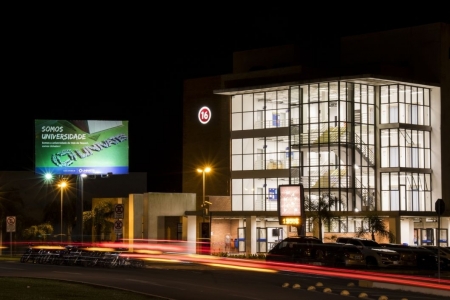A click on the economy button
It is so common to turn on the light when we arrive at an environment that often this action becomes imperceptible. A simple click on the key, which ends up being ignored the moment we leave, may be more expensive than we imagine. But believe me, turning on or off a light bulb has become an optional act in Building 16 of Univates. That's because the University automated the lighting system.
With the change it starts to be activated from a presence sensor and turned off after five minutes without movement. In addition, only the required artificial light intensity will be used in classrooms.
“When we open the curtains during the day, it identifies the amount of light that is entering the room and only corrects with the necessary lighting”, Robledo Müller, Engineering and Maintenance Manager.
The technology applies to the lighting of classrooms and bathrooms. With this, the keys begin to take on another function, allowing user interaction, when necessary. The control of the illumination also starts to be done by means of an electronic panel, that is destined to the use of guards and watchmen, allowing them to analyze the suitable use of the illumination in the Building.
The change also included the replacement of the system of lighting of fluorescent light bulbs by led light bulbs. "If the fluorescent light bulb goes into this on / off system, it loses its useful life. The goal is to achieve an economy of up to 26% of energy consumption and maintenance of the lighting of this building", says Müller.
Developed by SmartLive, a company linked to the Science and Technology Park of Vale do Taquari - Tecnovates, the project integrates a series of investments from the Institution that take into account energy efficiency and sustainability. The idea, according to Müller, is that the system also becomes feasible in other buildings of the Institution over the years. "We initially chose Building 16 because it is the one with the most classrooms. If I chose a building that had a very diverse use, the data would not be specific, so it would not be ideal for this evaluation", he says.
